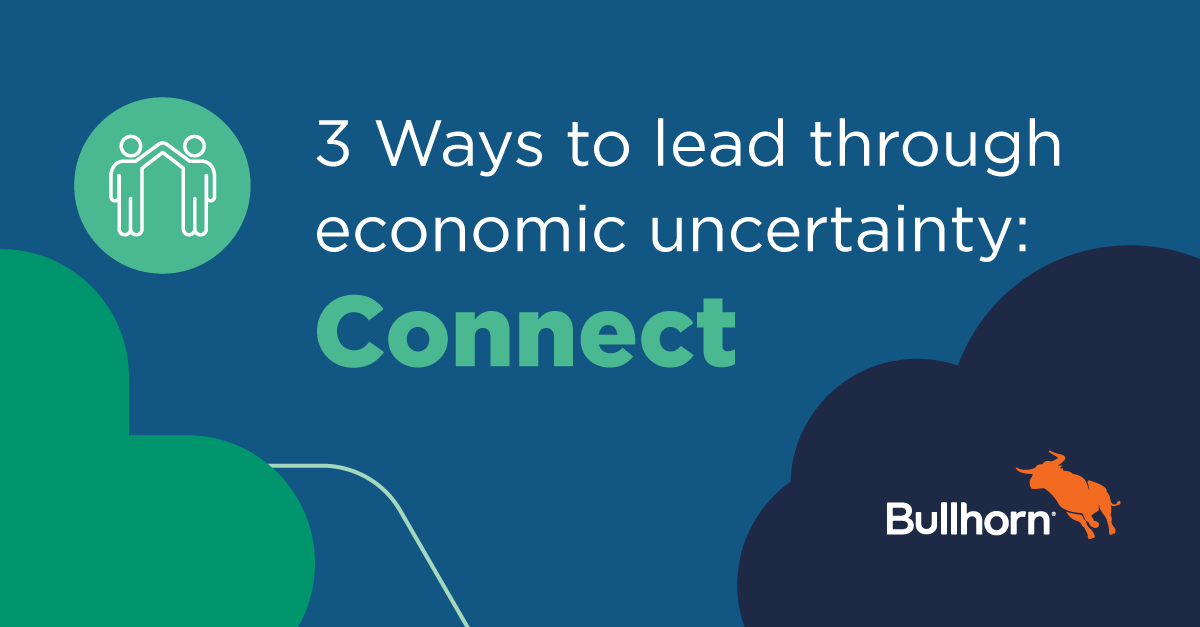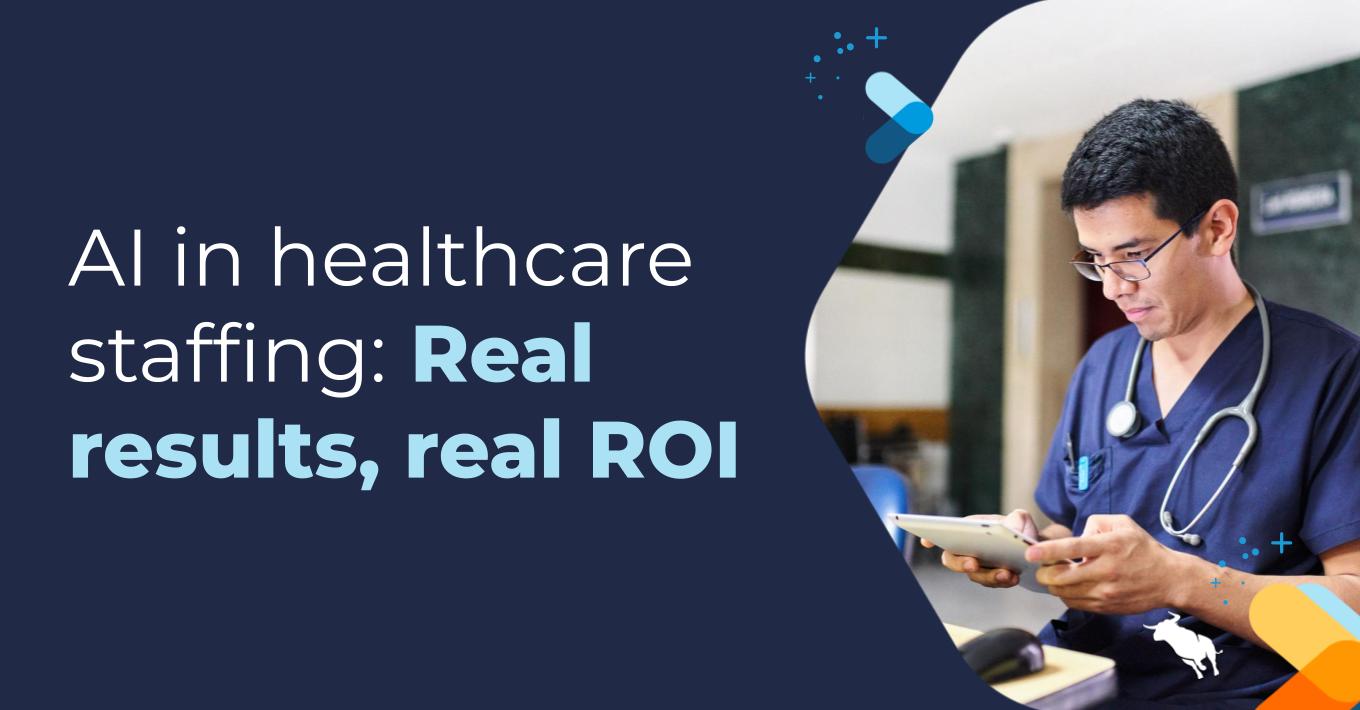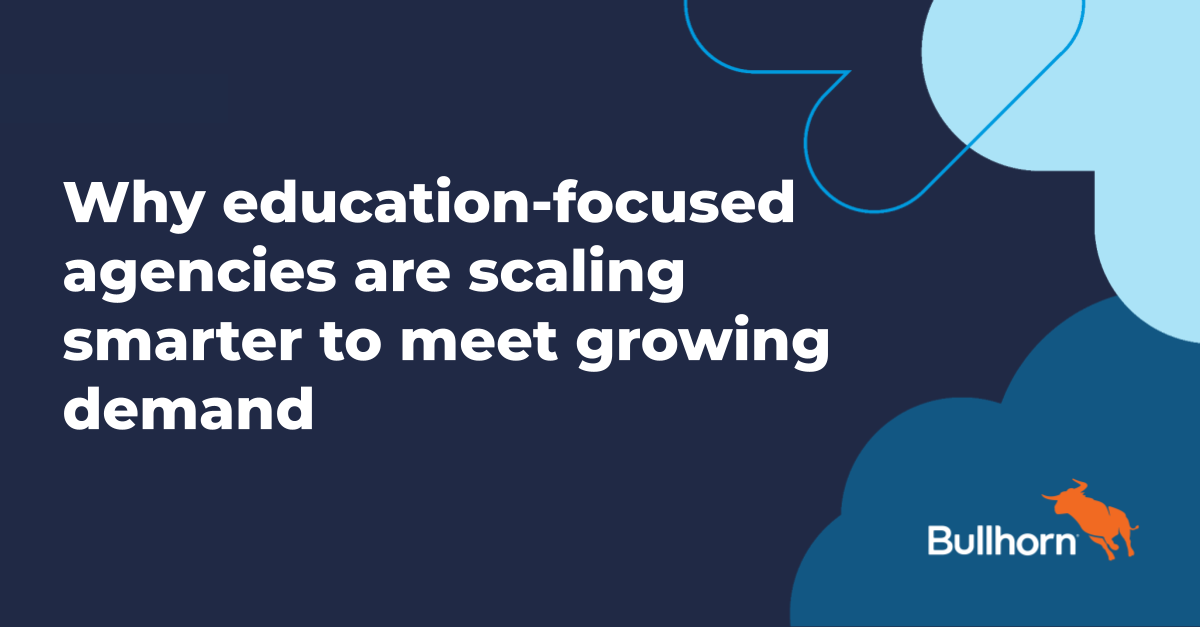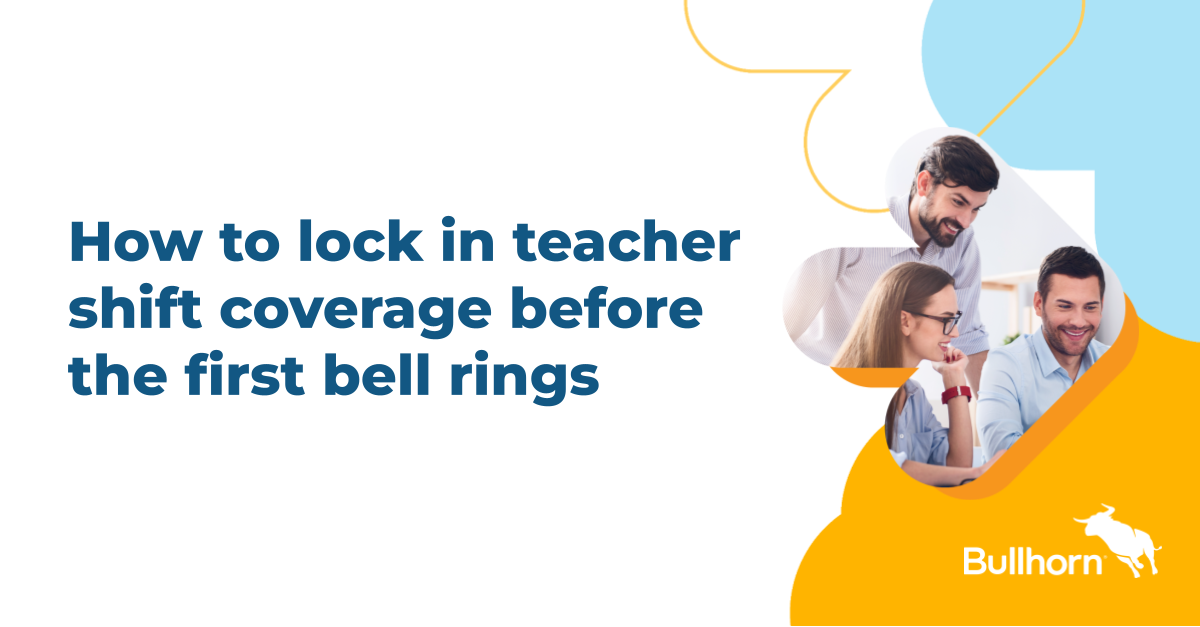Leading through economic uncertainty: Build a culture of connection

This is the second part of a three-part blog series. For part one, click here.
After years of unprecedented growth for the staffing industry, economic concerns have re-entered the picture. Of the 4,000 respondents of this year’s GRID Industry Trends Report, one-third cited economic uncertainty as their top challenge for 2023. How you tackle this challenge might just make all the difference for you and your firm.
Rather than hunkering down and weathering the storm, top leaders from the industry agree: now is the time to take a progressive approach and set up your business for future success. “Making a decision to take no action is still making a decision,” said Lauren Jones of Leap Consulting Solutions. She said that choosing not to invest in your business is a deliberate choice – and it’s often a detrimental one. Instead, now is the time for adaptability and agility. “If you keep those core values,” Jones added, “they will carry you through.”
In the first blog of our three-part blog series, Jones and two other best-in-class industry consultants, Maurice Fuller, Founder of StaffingTec, and Tom Erb, President at Tallann Resources, unpacked how to take stock of your processes and leverage technology to optimize your workflows.
Next, they took a deep dive into building culture, key training tips, and the key factors that set leading businesses apart. Check out a recording of their conversation, or read more below.
Culture matters
Most Americans have had time away from the office in the past three years. Leaders need to find ways to keep their employees motivated – and that starts and ends with culture. For Jones, that means fostering a culture of accountability, acceptance, and change. She added that receiving feedback from your candidates, clients, and colleagues – and implementing it – is imperative. “Understand what they want more of, what they want less of, and how they want to engage with you. All of that comes from a culture of listening and acceptance.”
Erb added that organizations can build culture around several aspects of the business, from work-life balance to technology and innovation. Fostering cultures that align with your mission – and extending that to your candidates and clients – can be the key differentiator for your organization.
Growth through training
The top-performing organizations build a culture of continuous improvement, primarily through training. All three leaders agreed that a slowdown is an ideal time to get in front of your end users and train them. “Training is incredibly important to keep everyone at a high level of capability,” added Fuller.
In his work, Fuller is seeing an increase in proactive training in skillsets that will be valuable in the future, like working with generative AI. “It’s becoming an essential business skill,” he added. “We should recognize that and proactively prepare our staff for that type of technology so we can take advantage of it.”
Training isn’t limited to new technologies; it’s critical to refresh your team’s knowledge of the tools you use every day, like your ATS. “Most people know 10%, or even less, of what their ATS can do,” said Erb. Improving the performance and productivity of your existing employees through continuous training is a more efficient way to scale than adding new team members.
When it comes to training, your content needs to be short and easily digestible, taking cues from digital marketing best practices. After all, your end users are consumers. Training is an opportunity to internally market your current technology within your organization and increase buy-in. Erb echoed this insight, noting that the training within his organization has gone from 45- to 60-minute-long programs to five- to 10-minute-long, highly interactive modules. “There is so much rich information you can use to enable your end users,” Jones added.
A drive to innovate
“As consultants, we see significant differences between companies and their culture,” said Fuller. One of the most significant differentiators is between companies that value innovation and experimentation and those that don’t. That approach starts from the top down, added Fuller. When you look at leading companies in other industries, he noted, there’s constant experimentation. Of course, they’re prepared to see many of these experiments fail, he said, but there are always lessons to be learned, and amazing success can emerge from failure. “It’s okay to experiment, to try things, and see what works.”
What does innovation look like for staffing firms in a challenging landscape? In the final part of our three-part blog series, we’ll uncover how firms can focus – or re-focus – on innovation in climate of economic uncertainty.









